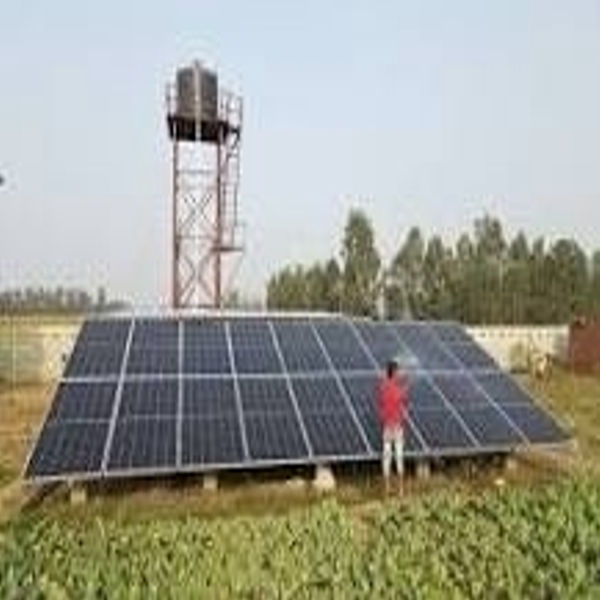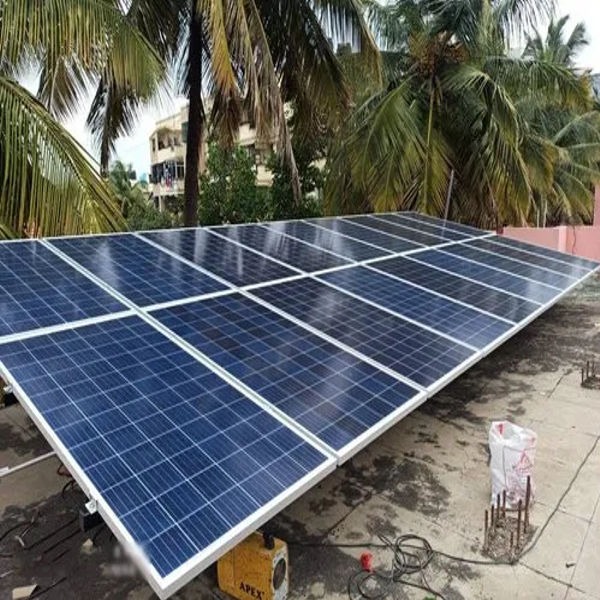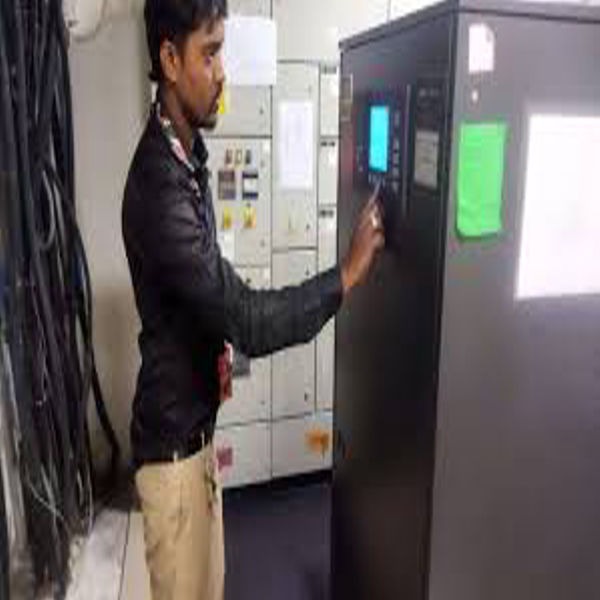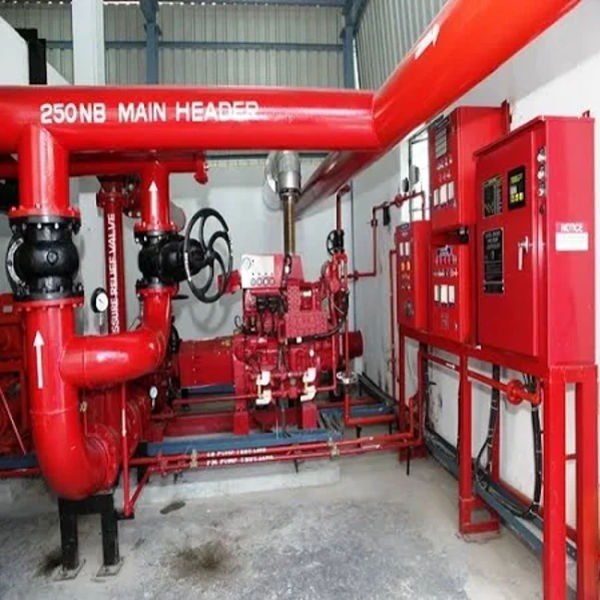
SOLAR SYSTEM
A solar energy system is a renewable energy solution that converts sunlight into electricity. Here’s a brief overview of the key components and concepts involved in solar power:
Key Components:
Solar Panels:
Photovoltaic (PV) cells within the panels convert sunlight directly into electricity.
Typically made of silicon and available in monocrystalline, polycrystalline, or thin-film types.
Inverter:
Converts DC (direct current) electricity produced by solar panels into AC (alternating current) electricity, which is used by most household and commercial appliances.
Battery (optional):
Stores excess energy generated during sunny periods for use at night or during cloudy days.
Lithium-ion and Lead-Acid are common types of batteries used in solar systems.
Charge Controller:
Regulates the voltage and current coming from the solar panels to ensure batteries are charged safely without overcharging.
Mounting System:
Secures the solar panels to the roof, ground, or other surfaces. The angle and orientation are important for maximizing efficiency.
Electrical Wiring and Safety Components:
Connects all components together, ensuring proper flow of electricity and protecting the system from issues like overvoltage.
Types of Solar Energy Systems:
Grid-Tied Solar System:
Connected to the utility grid; excess energy can be sent back to the grid, sometimes earning credits via net metering.
Off-Grid Solar System:
Not connected to the grid; typically used in remote areas. Requires a battery for energy storage.
Hybrid Solar System:
Combines grid-tied and off-grid setups, with batteries for storage and the ability to use the grid when necessary.
Benefits:
Environmentally Friendly: Solar power is clean, renewable, and reduces carbon footprint.
Cost Savings: Can significantly lower electricity bills by generating your own power.
Low Maintenance: Solar systems require minimal upkeep after installation.
Drawbacks:
Initial Cost: High installation costs, though they can be offset by savings over time.
Weather Dependence: Performance can be affected by weather conditions and time of day.



